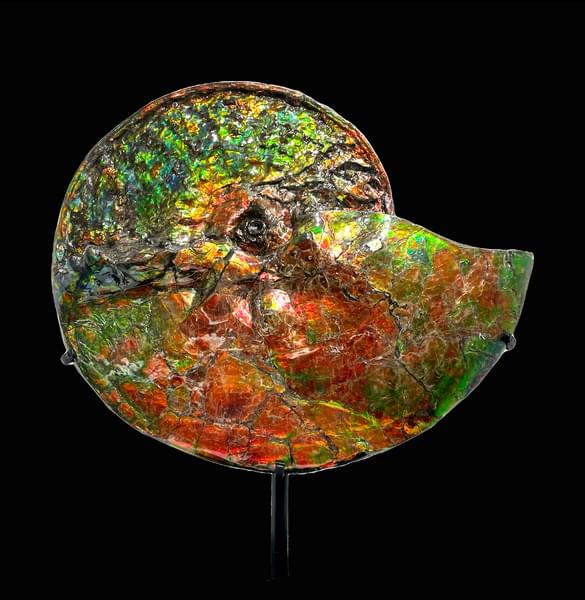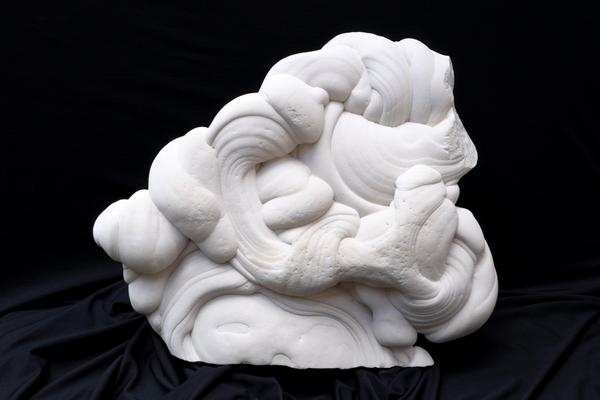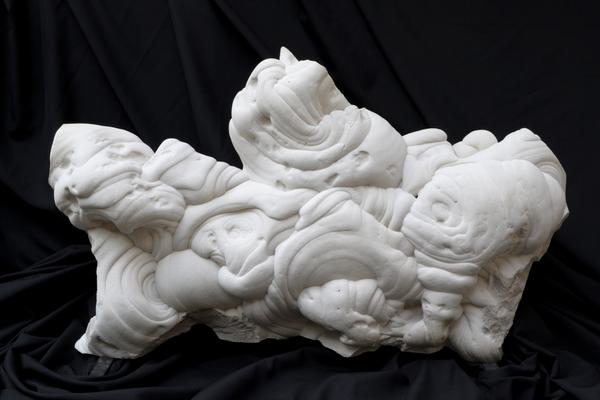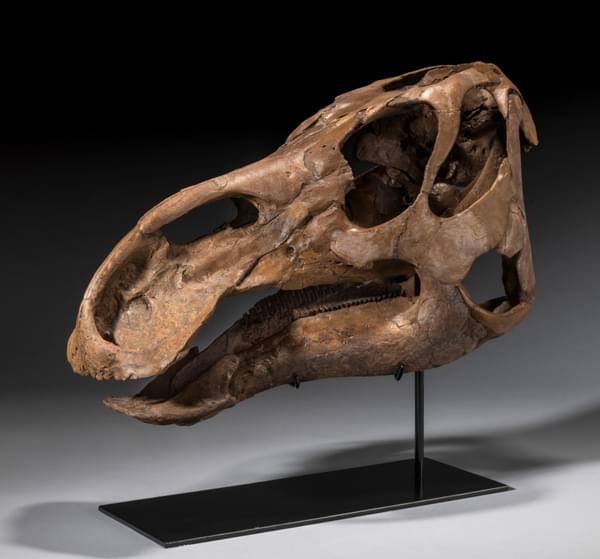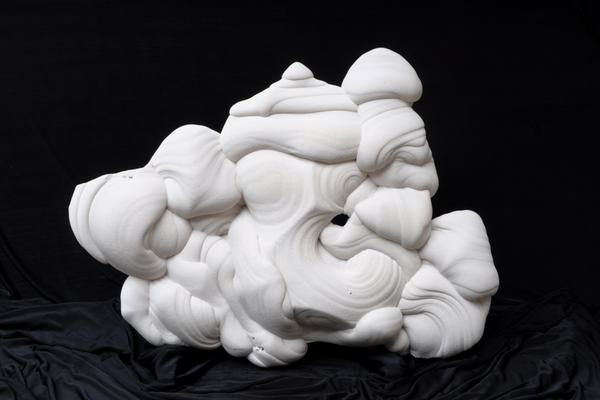Rare Gogotte Formation
Gogottes are prehistoric, naturally occurring sandstone concretions. They are formed from quartz crystals and calcium carbonate when superheated water extrudes through crevices over time into a basin of fine white silica sand. The silica then cements the sand together to form the gogottes' fluid lines, creating natural sculptures.
The finest specimens are found in Fontainebleau, France, renowned for its extremely fine-grained, porcelain-like sands. While concretions of sandstone are relatively common worldwide, the gogottes of Fontainebleau are of extreme rarity by virtue of their very fine grain, their pure and homogenous composition and the unique shapes sculpted by a particular sequence of natural geological forces. They are formed out of sands deposited during the Oligocene Period, approximately 30 million years ago.
Gogottes were a great inspiration to the Surrealists, as well as Louise Bourgeois and Henry Moore, and have captured the imaginations of some of the most powerful aristocrats in Europe. Louis XIV, “The Sun King” was so seduced by them, that he had numerous specimens excavated to decorate the gardens at the Palace of Versailles, and a great number of the ornately rounded, scrolling formations can be found surrounding the mysterious grove of the Three Fountains (designed by Le Nôtre in 1677 and reconstructed in 2004).
Rare Gogotte Formation
- Type of Object
- Rare Gogotte Formation
- Medium
- Naturally occurring sandstone concretion
- Place of Origin
- Fontainebleau, France
- Date
- Oligocene Period, 30 million years old
- Size
- 39 ½ x 21 ½ x 6 ¾ in : 100 x 55 x 17 cm
- Weight
- 190 lbs : 86.5 kg
- Reference
- AC22-54
- Status
- Available
Available Artists
- Albers Anni
- Ancart Harold
- Andre Carl
- Avery Milton
- Baldessari John
- Barnes Ernie
- Calder Alexander
- Castellani Enrico
- Clough Prunella
- Crawford Brett
- Dadamaino
- de Tollenaere Saskia
- Dyson Julian
- Elsner Slawomir
- Freud Lucian
- Gadsby Eric
- Gander Ryan
- Guston Philip
- Haring Keith
- Hartung Hans
- Hayes David
- Held Al
- Hepworth Barbara
- Hill Anthony
- Hitchens Ivon
- Hockney David
- Hutchinson Norman Douglas
- Jenney Neil
- Katz Alex
- Kentridge William
- Knifer Julije
- Kusama Yayoi
- Le Parc Julio
- Leciejewski Edgar
- Léger Fernand
- Levine Chris
- Marchéllo
- Martin Kenneth
- Mavignier Almir da Silva
- Miller Harland
- Mitchell Joan
- Modé João
- Moore Henry
- Morellet François
- Nadelman Elie
- Nara Yoshitomo
- Nesbitt Lowell Blair
- Nicholson Ben
- O'Donoghue Hughie
- Pasmore Victor
- Perry Grayson
- Picasso Pablo
- Pickstone Sarah
- Prehistoric Objects
- Riley Bridget
- Ruscha Ed
- Sedgley Peter
- Serra Richard
- Shrigley David
- Smith Anj
- Smith Richard
- Soto Jesús Rafael
- Soulages Pierre
- Spencer Stanley
- Taller Popular de Serigrafía
- The Connor Brothers
- Vasarely Victor
- Vaughan Keith
- Whiteread Rachel
- Wood Jonas

